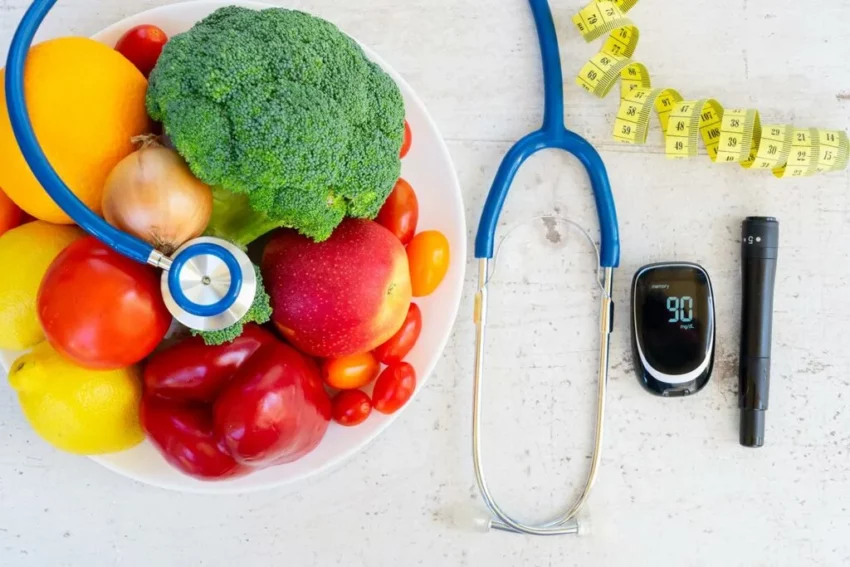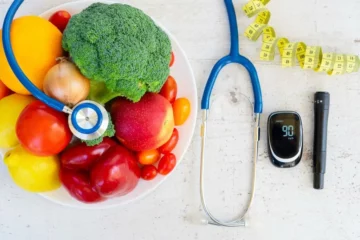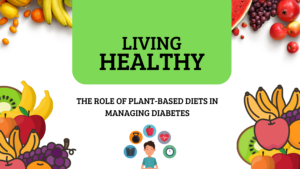Diabetes is a chronic condition that affects how the body processes glucose, or sugar. People with diabetes need to be careful about their diet to manage their blood sugar levels and prevent complications. A healthy diet can help keep blood sugar levels stable and improve overall health.
In this article, we will discuss the best foods to eat for diabetes, how to read food labels, and how to plan meals that are both healthy and delicious.
Best Foods to Eat for Diabetes
A healthy diet for people with diabetes should be balanced and include a variety of foods. Some of the best foods to eat for diabetes include:
- Non-Starchy Vegetables: Non-starchy vegetables are low in calories and carbohydrates but high in fiber, vitamins, and minerals. Examples include broccoli, cauliflower, spinach, and peppers.
- Whole Grains: Whole grains are a good source of fiber and other nutrients. They can help regulate blood sugar levels and improve heart health. Examples include whole wheat bread, brown rice, and quinoa.
- Lean Proteins: Lean proteins, such as chicken, fish, and beans, are important for building and repairing tissue. They can also help regulate blood sugar levels and keep you feeling full.
- Healthy Fats: Healthy fats, such as those found in nuts, seeds, and avocado, can help lower inflammation and improve heart health.
How to Read Food Labels
Reading food labels is an important part of managing diabetes. Food labels provide information about the nutritional content of foods, including calories, carbohydrates, and sugars. When reading food labels, look for the following:
- Total Carbohydrates: This is the total amount of carbohydrates in a serving of food. People with diabetes need to monitor their carbohydrate intake to manage their blood sugar levels.
- Fiber: Fiber is important for regulating blood sugar levels and promoting healthy digestion. Look for foods that are high in fiber.
- Sugars: Pay attention to the amount of added sugars in a food. Added sugars can cause blood sugar levels to spike and can contribute to weight gain.
How to Plan Meals
Planning meals is an important part of managing diabetes. A well-planned meal can help regulate blood sugar levels and prevent overeating. Here are some tips for planning meals:
- Plan Ahead: Take some time to plan your meals for the week. This can help you make healthier choices and save time.
- Portion Control: Pay attention to portion sizes to avoid overeating. Use measuring cups and spoons to ensure that you are eating the right amount of food.
- Snack Smart: Choose healthy snacks that are low in calories and high in fiber. Examples include fresh fruit, vegetables with hummus, or a handful of nuts.
- Stay Hydrated: Drinking enough water is important for overall health. Aim for at least eight glasses of water per day.
In conclusion, a healthy diet is an important part of managing diabetes. Eating a balanced diet that includes non-starchy vegetables, whole grains, lean proteins, and healthy fats can help regulate blood sugar levels and improve overall health. When reading food labels, look for information on carbohydrates, fiber, and sugars. Planning meals can also help you make healthier choices and prevent overeating. If you have diabetes, talk to your doctor or a registered dietitian for personalized advice on how to manage your diet.






